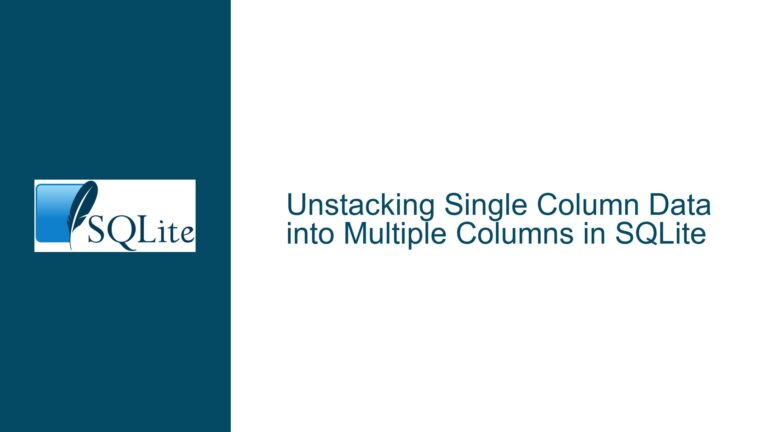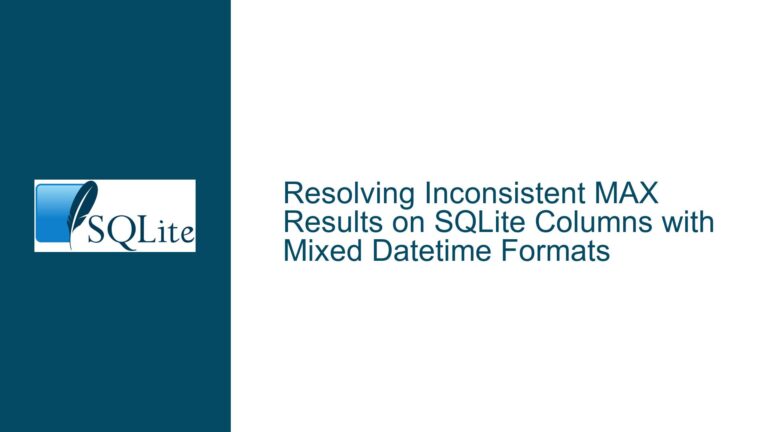Finding Wines by Region and Producers Harvesting All Wines in SQLite
Identifying Wines Collected from the Alsace Region
The first issue revolves around identifying all wines that have been collected from the Alsace region. This requires a query that joins the relevant tables and filters the results based on the region. The tables involved are producer, harvest, and wine. The producer table contains information about the producers, including the region they operate in. The harvest table links producers to the wines they have harvested, and the wine table contains details about the wines themselves.
To achieve this, a natural join between the producer and harvest tables is necessary to link producers to their harvested wines. This join will be based on the nprod field, which is common to both tables. Once the join is established, a further join with the wine table on the nwine field will allow us to retrieve the names of the wines. The final step is to filter the results to include only those entries where the region field in the producer table is ‘Alsace’.
The SQL query for this operation would look something like this:
SELECT w.wine
FROM producer p
JOIN harvest h ON p.nprod = h.nprod
JOIN wine w ON h.nwine = w.nwine
WHERE p.region = 'Alsace';
This query starts by selecting the wine field from the wine table. It then joins the producer table with the harvest table on the nprod field, ensuring that only the harvests of the producers are considered. Next, it joins the resulting dataset with the wine table on the nwine field to get the names of the wines. Finally, it filters the results to include only those entries where the region field in the producer table is ‘Alsace’.
Producers Harvesting All Wines from Their Region
The second issue is more complex and involves identifying producers who have harvested all the wines from their region. This requires a query that not only joins the tables but also performs aggregation and comparison to ensure that the producers have harvested every wine available in their region.
To tackle this, we need to first determine the total number of distinct wines available in each region. This can be achieved by joining the producer and wine tables and counting the distinct nwine values for each region. Next, we need to count the number of distinct wines each producer has harvested. This involves joining the producer and harvest tables and counting the distinct nwine values for each producer. Finally, we compare these two counts to identify producers who have harvested all the wines from their region.
The SQL query for this operation would look something like this:
SELECT p.last_name, p.first_name
FROM producer p
JOIN harvest h ON p.nprod = h.nprod
JOIN wine w ON h.nwine = w.nwine
GROUP BY p.nprod
HAVING COUNT(DISTINCT w.nwine) = (
SELECT COUNT(DISTINCT w2.nwine)
FROM wine w2
JOIN producer p2 ON w2.region = p2.region
WHERE p2.region = p.region
);
This query starts by selecting the last_name and first_name fields from the producer table. It then joins the producer table with the harvest table on the nprod field and the wine table on the nwine field. The results are grouped by the nprod field to aggregate the data by producer. The HAVING clause is used to filter the results to include only those producers whose count of distinct harvested wines matches the total count of distinct wines available in their region. The subquery in the HAVING clause calculates the total number of distinct wines available in the region of each producer.
Implementing PRAGMA journal_mode and Database Backup
While the above queries address the immediate issues, it is also important to consider the broader context of database management, particularly in terms of ensuring data integrity and reliability. One way to enhance the reliability of an SQLite database is by implementing the PRAGMA journal_mode command, which controls the journaling mode of the database. Journaling is a mechanism that SQLite uses to ensure atomic commit and rollback capabilities, which are crucial for maintaining data integrity in the event of a crash or power failure.
The PRAGMA journal_mode command can be set to various modes, including DELETE, TRUNCATE, PERSIST, MEMORY, WAL, and OFF. Each mode has its own trade-offs in terms of performance and reliability. For instance, the WAL (Write-Ahead Logging) mode is often recommended for its balance of performance and reliability, as it allows for concurrent reads and writes and provides robust crash recovery.
To set the journal mode to WAL, the following command can be used:
PRAGMA journal_mode=WAL;
In addition to setting the journal mode, it is also crucial to implement a robust database backup strategy. Regular backups ensure that data can be recovered in the event of corruption or loss. SQLite provides several methods for backing up a database, including the .backup command in the SQLite command-line interface and the sqlite3_backup_init API function in the SQLite C interface.
For example, to create a backup of a database using the SQLite command-line interface, the following command can be used:
.backup main backup.db
This command creates a backup of the main database to a file named backup.db. It is important to schedule regular backups and store them in a secure location to ensure data can be recovered when needed.
In conclusion, the issues of identifying wines collected from a specific region and producers who have harvested all wines from their region can be effectively addressed through well-constructed SQL queries. Additionally, implementing the PRAGMA journal_mode command and a robust database backup strategy can enhance the reliability and integrity of the SQLite database. By combining these techniques, database developers can ensure that their databases are both functional and resilient.






